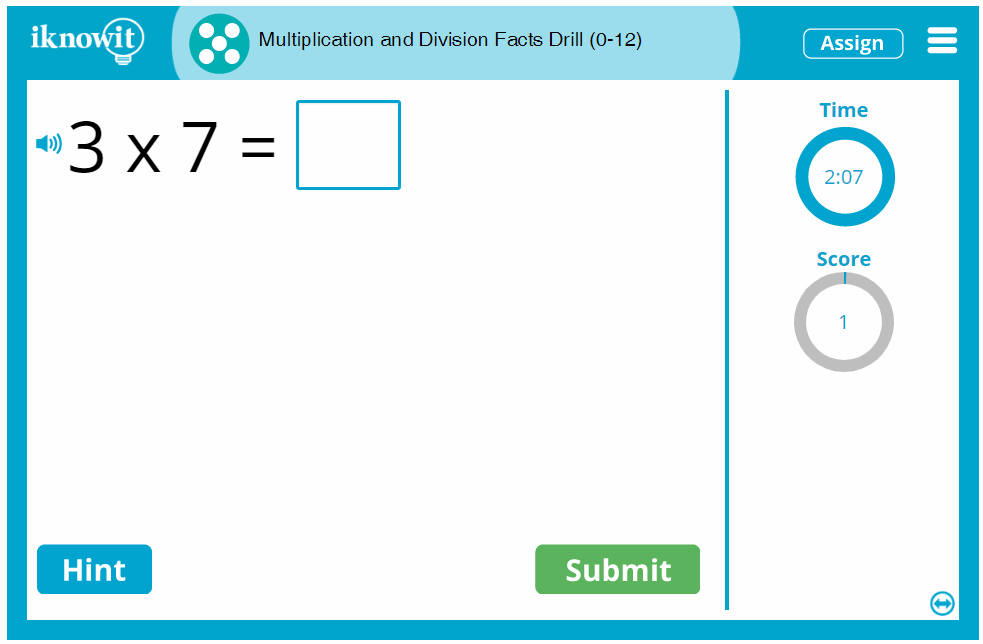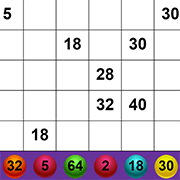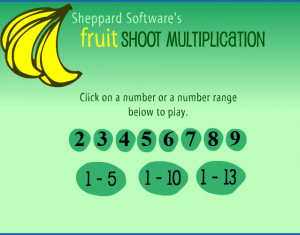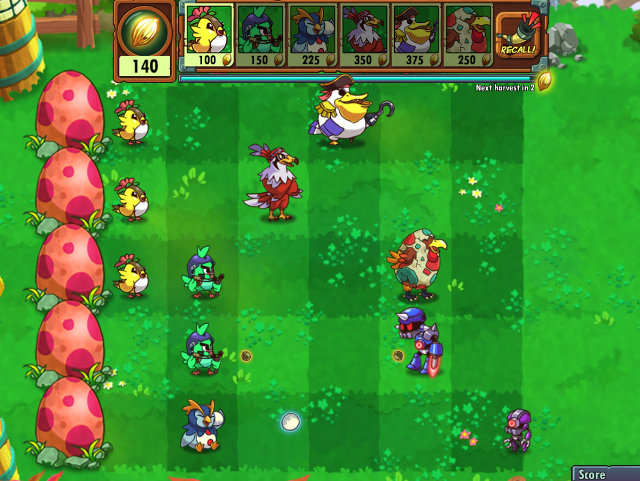


This is a good way to reinforce prior learning. The teacher may decide to have the students read the card aloud and say the answer before they check it off. As each flash card is shown, students cross off that product from their game boards.On completion of a row of 4 the winning student calls out “Multo”! The winner is the first student to get four numbers in a row, column or diagonal. Students are given a 4 x 4 grid in which they must write 16 different numbers.Prepare 100 flash cards with the multiplication facts 1 x 1 through to 10 x 10.View and print – multo chart (PDF 40.13KB) Students should be given opportunities to hear and say number sequences with lots of body movements to assist, such as claps, finger clicks and slaps etc. The teacher leads the class in counting by whispering the numbers not in the sequence and emphasising those that are part of the number pattern. View and print –blank grid for multiplication table square (PDF 53.48KB) Whisper or stress counting This information can be added to over time. Give students time to highlight the facts they know, they will soon see there are only a few pockets of facts they need to focus on. When we present multiples in a two-way table, students begin to see the commutative property of multiplication. If students are only exposed to ‘times tables’ charts they will see each fact as distinct and a separate piece of knowledge to learn. For example, if I know that 3 x 7 is 21 then I also know that 7 x 3 is 21. This activity provides students with a holistic view of multiples (times tables) and assists students in seeing the reciprocal nature of multiples. Click two pages to the screen in Notebook so you can see the questions and the chart at the same time. Students can explore and share their results on the Notebook file patterns of multiples.Pairs of students are given a number from 2 to 10 and asked to find the pattern for their number on the hundreds chart.multiples of 3 make a diagonal pattern, multiples of 5 make a vertical pattern. Ask students to describe the patterns that have been made, e.g. If counting by 4s, for example, students should count 1, 2, 3 and cover the number using a counter, repeating this for a few rows until they can see a pattern and can continue it for the whole chart. Students look for different number patterns on a hundreds chart when counting by 3, 4, 5, 6 etc. View and print – hundreds chart (PDF 26.73KB) Hundreds chart There is related strategy in the Patterns and Algebra - Talking about Patterns and Algebra (PDF 3.28MB) Activity 1 - developing mental computation Some activities for developing mental computation in multiplication and division are detailed below. More competent students are able to use multiplication to solve a problem and division to double check that same question. Students need to be aware that there are a number of strategies that they can use to solve multiplication and division questions. Students need to be explicitly taught numerous strategies before they can use multiplication as an operation and recognise division as its opposite operation, for example, skip counting, repeated addition and forming arrays to represent multiplication. recognise division and multiplication as opposite operations.


find multiples of a number by skip counting or making arrays.use a variety of mental strategies to solve multiplication and division problems.


 0 kommentar(er)
0 kommentar(er)
